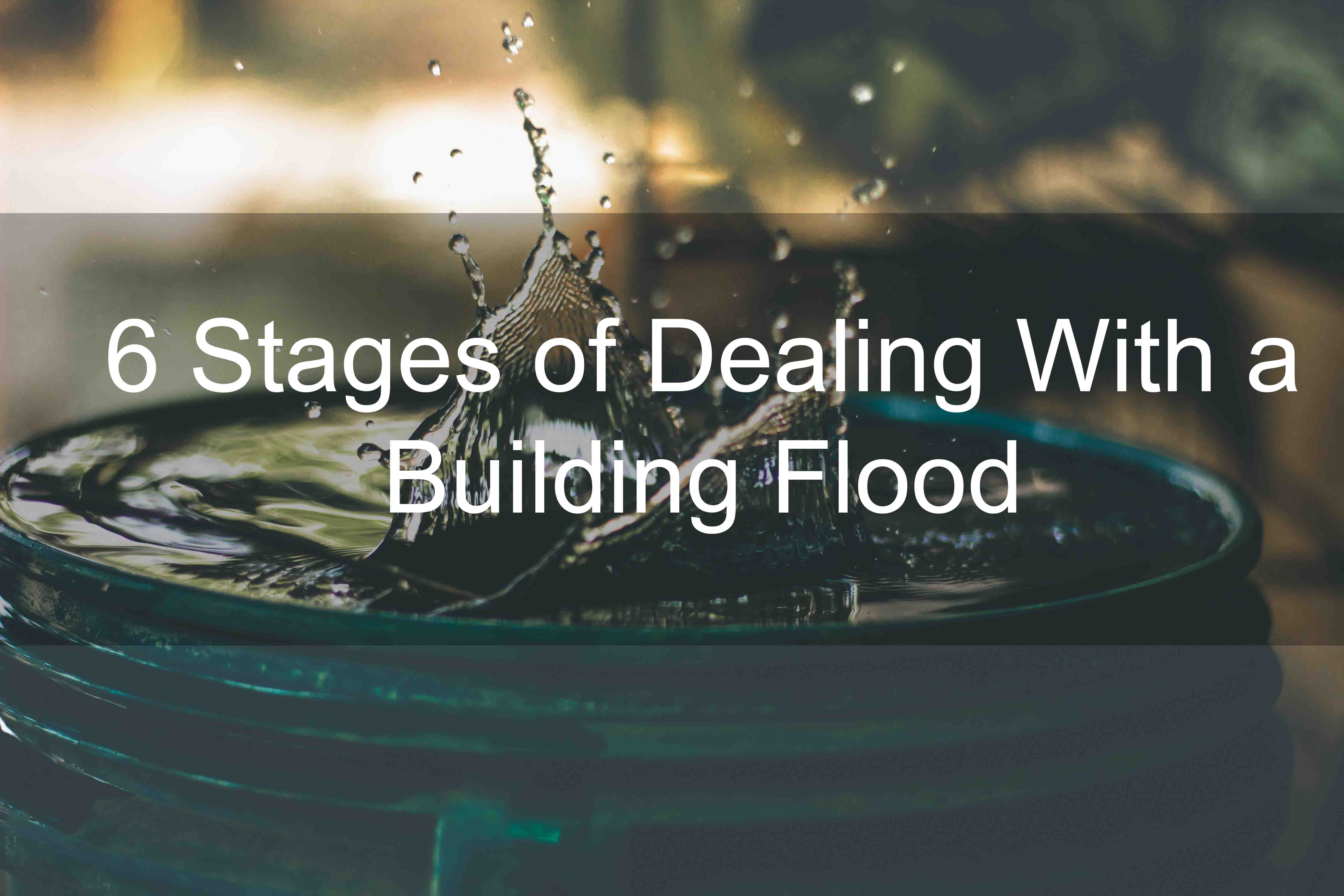6 Stages of Dealing With a Building Flood
Dealing with a flood in your home or place of business? The Carpet Center offers emergency water extraction services to the Conway, AR area. Our team is certified with the Institute of Inspection, Cleaning and Restoration Certification (IICRC) and The Clean Trust to ensure we offer our customers the best services.
Call The Carpet center for all your drying and restoration needs after a flood. https://thecarpetcenter.net/contact/
Stage 1: You find that your home or place of business has flooded.
The first stage with dealing with a building flood is the initial discovery. Understandably, this is very overwhelming and concerning. You need to decide how the flooding has happened.
Floods are often caused by natural disasters and storms with heavy rain. If your building is flooded due to natural causes, you are probably not alone. Check with local weather reports and the news to see if the situation has the potential to get worse.
Other reasons homes and places of businesses flood are usually plumbing-related. A flood can be caused by a sewer back-up, a broken sump-pump, burst pipes, and more.
During this phase it is important that you document as much of the damage as you can. Before you start cleaning up, take pictures. This will help you should you file an insurance claim or have to deal with an insurance adjuster.
Stage 2: Safety precautions are made.
Floods caused by natural disasters and bad weather often come with other dangerous elements. It is important to follow local news updates to see what safety precautions you need to take.
Flood water is often full of chemicals. Even if it is just a pipe burst, take care to wear rubber gloves, waterproof boots, facemasks, glasses, or any other personal protective equipment that is appropriate.
Use the building’s circuit breaker to turn off electricity to the flooded areas.
Stage 3: The flood water is removed.
How you remove the flooded water in your home depends on your home’s layout and the source of the flood. Be realistic about what you can handle yourself. It’s probably best to call an emergency water extraction service, like The Carpet Center, if you are dealing with widespread flooding.
Flood water is removed in several ways. The unique rooms of your home may require different methods of extraction. Professionals use wet vacuums, sump-pumps, and more.
Stage 4: Your building can begin to dry.
Now that the water has been removed, it is time to let the affected areas of your house fully dry. If the weather permits, open windows. Use portable fans, dehumidifiers, and, if the ducts are unaffected by the flood, air conditioning.
Stage 5: Evaluate what can be restored.
Mold is a concern for any building flood. Once exposed to moisture, the upholstery, sheetrock, carpet, insulation—unless it’s closed cell spray foam. Walls will typically be gutted down to the frames. Restoration can begin once the frames are dry.
Did the flood waters reach anything valuable? All electronics should be evaluated by a professional before being tested for use. Other valuables can be decontaminated and dried safely in various ways. While not everything is worth saving, there are plenty of restoration and cleaning professionals to help you salvage anything irreplaceable.
Stage 6: Begin the process of rebuilding the flooded area properly.
The flooded area has been gutted down to the frames. What now? It is important that an post-flood restoration process be done properly. Not only do you risk the development of mold in your home, if not addressed, water damage can cause structural damage over time.
Overtime, a poorly handled home flood can cause structural damage and costly repairs.

